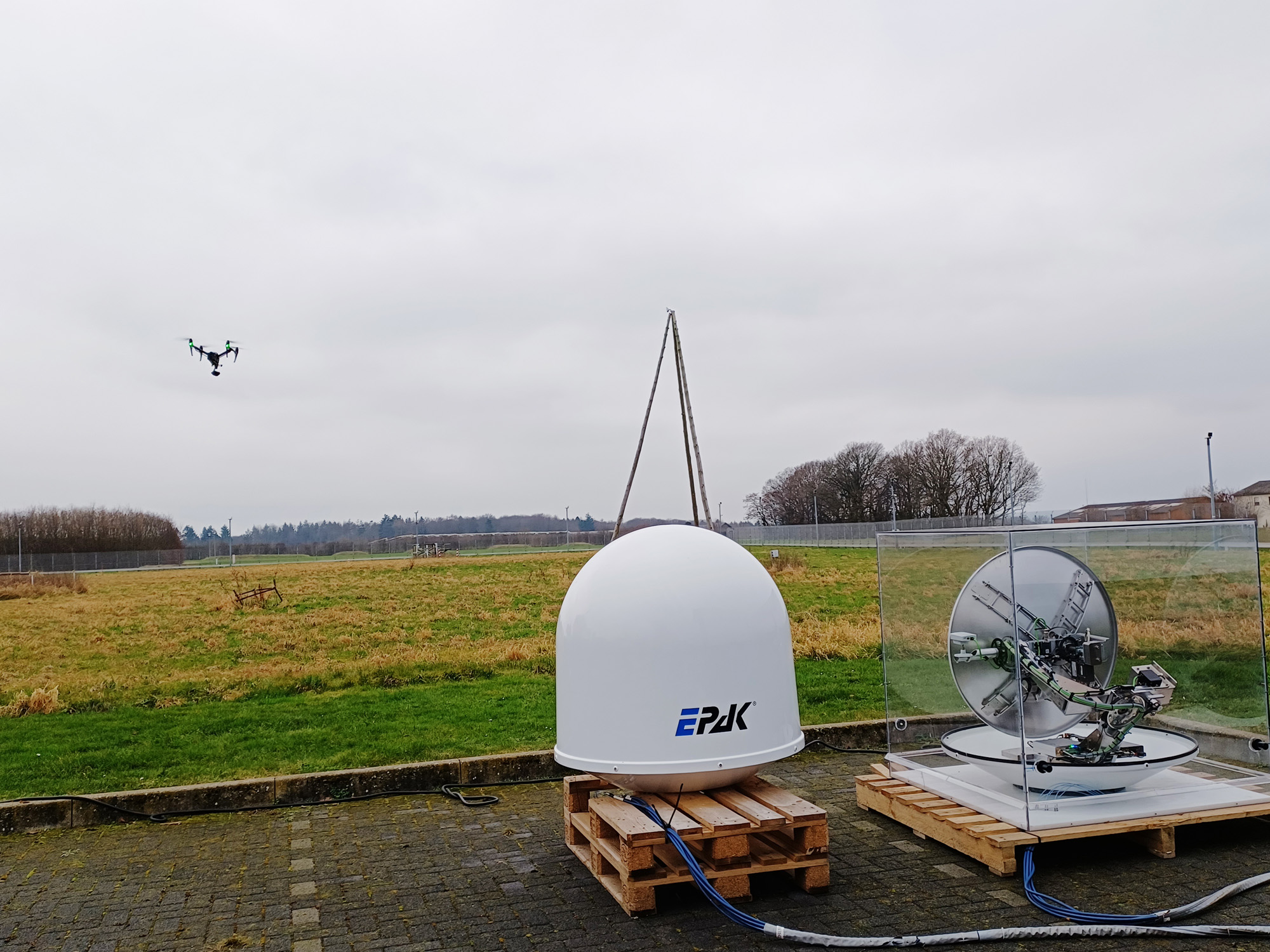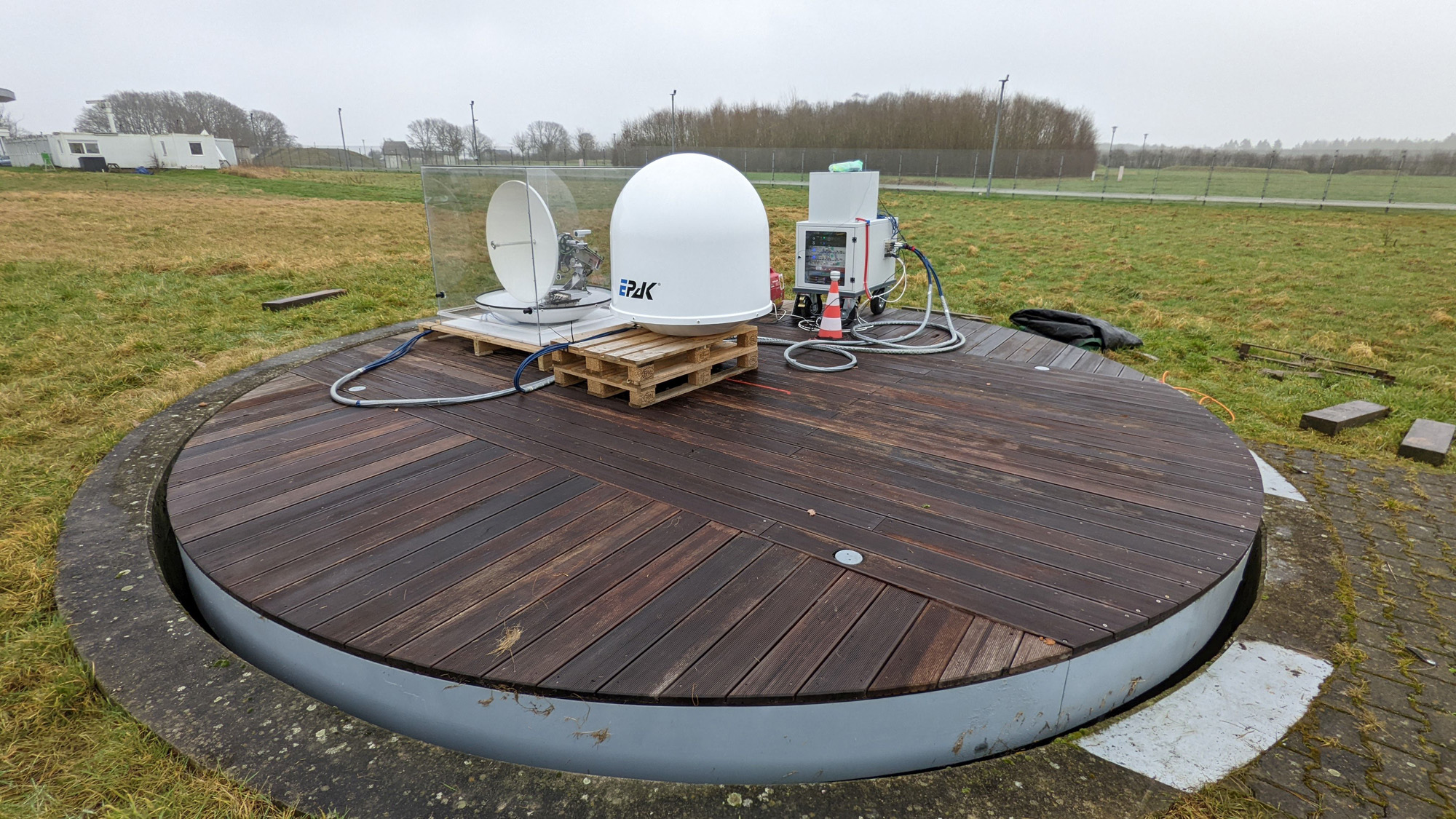Passive radar via satellite signal
Fraunhofer FHR is currently developing a different kind of passive radar with its SABBIA 2.0 system: Instead of using terrestrial transmitters for illumination, it looks at the signals transmitted by geostationary satellites. It can also do its work from moving platforms such as ships.


Usually, radar uses signals transmitted by the radar system itself. However, these signals can also be seen by enemy systems. Passive radar is more inconspicuous: it uses external illuminators, such as radio signals that are already available in the air. Researchers at Fraunhofer FHR are now taking this a step further: instead of using terrestrial illuminators, they are relying on signals from geostationary satellites broadcast for television stations with the SABBIA 2.0 system. The advantages: For one thing, these signals are available in areas where terrestrial signals are poor, such as offshore. For another, the signals have a wider bandwidth and thus a higher range resolution. There is currently no other system in the world that can process such a wide range of signals as SABBIA 2.0.
Passive radars on moving platforms
SABBIA 2.0 offers another special feature: The radar can be mounted on a moving platform, such as a ship – its own movement is compensated. The basis for this is a satellite receiver from the German company EPAK GmbH, which has two antennas. One of these antennas always looks in the direction of the satellite, one in the direction of the target. This is because, as is usual with passive radar: in order to be able to detect a target, a cross-correlation between the direct signal and the echo of the target is necessary.
A first step in the direction of classification has already been taken: the various backscatter mechanisms can be decoupled via the resolution and further information can be generated from this. A test run is currently being carried out on the premises of Fraunhofer FHR. The radar system is mounted on a rotating platform with a diameter of six meters and keeps a fixed target in its sights, such as a truck.
Measurements on a ship are scheduled to follow in the year 2022. The frequencies at which SABBIA operates are significantly higher than those of common passive radar – the system is therefore more sensitive to the Doppler and micro-Doppler effects, in which objects such as drones and sub-objects such as rotor blades move, respectively.
Detecting and classifying drones is therefore also an interesting area of application for SABBIA 2.0. In the future, the system could also use the signals from the nearly 42,000 Starlink satellites that Elon Musk wants to launch into space.